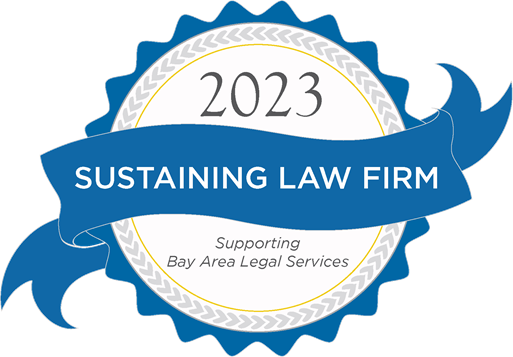
6 Ways to Respond to Discrimination in the Workplace
Some forms of discrimination in the workplace can be very subtle and not always easily detectable. It’s much less difficult to identify discrimination if it comes in the form of threats and intimidation. However, practices such as disparate forms of discipline, not providing reasonable accommodations, and glass ceilings are all forms of workplace discrimination.
Fortunately, there are comprehensive federal laws that protect employees from being discriminated against on the basis of age, color, disability, national origin, physical or mental handicaps, pregnancy, race, religion, sex, and being a whistleblower.
How to Respond to Workplace Discrimination
-
- Keep a Journal Detailing Each Incident of Discrimination
Keep track of the instances when you were discriminated against. Jot down the date, time, location, individuals involved, witnesses, and specifics of what happened. This will come in handy if you decide to file a formal complaint with your employer, union, and/or the Equal Employment Opportunity Commission (EEOC).
-
- Inform Your Employer That You’re Being Discriminated Against
Next, you should notify your employer that you feel as though you are being discriminated against. Chances are your employer won’t know unless you tell them. Often, victims of discrimination do not clearly express that they are being subjected to unwanted and unacceptable conduct. And although employers are responsible for meeting the standards of the law, employees need to make certain that their rights are safeguarded.
-
- Ask Your Employer to Document and Investigate the Discrimination
Your employer needs to know that the matter deserves their full attention. Ask them to investigate and draft a written report each time you’ve been discriminated against. In addition, ask them to take disciplinary and corrective measures to ensure that the discrimination doesn’t happen again. Under federal law, employers are compelled to investigate and take appropriate, prompt remedial action in response to your reported act of discrimination.
-
- Contact an Attorney and the EEOC
If your employer ignores your request for them to take action, you should consider contacting a discrimination attorney and the EEOC. Filing a charge of discrimination with the EEOC is a first of many steps you may take to address discrimination in the workplace. Your attorney can best assist you with drafting that charge and initiating the administrative process. Often times, the most valuable conversation you will have with your attorney is the one you have before your employer takes action against you (such as termination) or before you make a rash decision to quit your job.
-
- Retain Any Physical Evidence That Proves Discrimination
Make sure you hold onto any objects that were given to you and print out or retain any emails, texts, social media posts and pictures, and evaluations that could prove that you were discriminated against. For example, if you find an inappropriate photo taped to your computer monitor, don’t throw it away. Although it’s highly offensive and upsetting, it’s better to have physical evidence than trying to have to describe the image to your attorney or the EEOC.
-
- Take a Look at Your Employer’s Anti-Discrimination Policy
If you have a copy of your employee handbook, hold onto it, or if it’s available online, print it out.
If you follow each of these steps, you will likely have the evidence you need to bring your case to an experienced employee rights attorney. An attorney will be able to take an in-depth look at all of the facts of your case and provide the best counsel.
At Wenzel Fenton Cabassa, P.A., our priority is to help you understand your rights as an employee and get the justice you deserve. To find out more information on employment discrimination, including whether you have grounds for a lawsuit, download our free Guide to Understanding Employment Discrimination.
Please Note: At the time this article was written, the information contained within it was current based on the prevailing law at the time. Laws and precedents are subject to change, so this information may not be up to date. Always speak with a law firm regarding any legal situation to get the most current information available.










